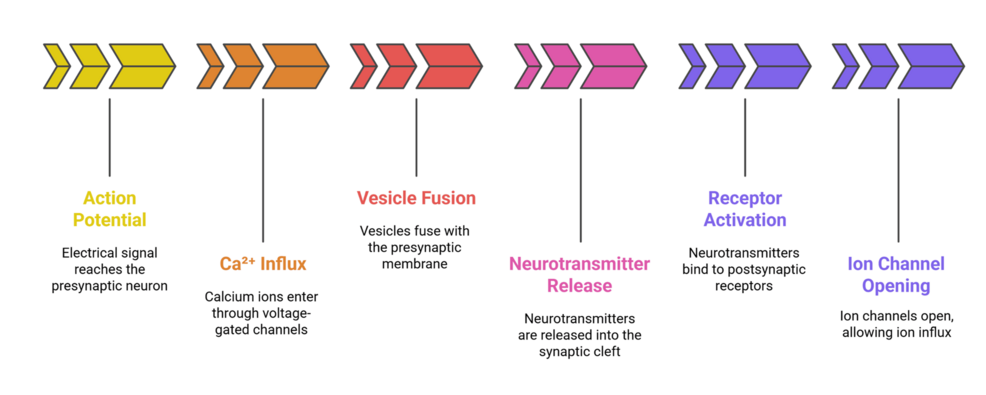When Rob Hobson, a registered nutritionist based in the UK, found out his cholesterol levels were “really high” in June, he decided to manage them through diet, focusing particularly on increasing his fiber…
Category: 6. Health
-

New study shows how AI could transform drug prescriptions for heart diseases
Published on
A new artificial intelligence tool could speed up the search for treatments for heart disease, according…
Continue Reading
-

A hidden brain problem may be an early warning for Alzheimer’s
Scientists from Nanyang Technological University, Singapore (NTU Singapore) have found that the brain’s waste removal system often becomes blocked in people who show early signs of Alzheimer’s disease. These blockages interfere with the brain’s…
Continue Reading
-
Association of ultra-processed foods and dental health—results from Bandare-Kong cohort: structural equation modeling
Kassebaum, N. J. et al. Global burden of untreated caries: a systematic review and metaregression. J. Dent. Res. 94(5), 650–658 (2015).
Sachdeva, A. The public health burden of untreated…
Continue Reading
-
Subgroup analysis of genotype guided vs traditional warfarin dosing in Asian patients from an open label randomized trial
Syn, N. L. et al. Genotype-guided versus traditional clinical dosing of warfarin in patients of Asian ancestry: a randomized controlled trial. BMC Med. 16, 104 (2018).
Pokorney, S. D. et al….
Continue Reading
-

Vaping safer than smoking – so why are people struggling to quit e-cigarettes? | Vaping
More socially acceptable than smoking – yet just as addictive – vaping has become the UK’s default way of consuming nicotine.
Figures published by the Office for National Statistics last month showed that the number of over-16s in Great…
Continue Reading
-
XGBoost based machine learning prediction model for major adverse cardiovascular events after PCI in STEMI patients
Ueyama, H. A. et al. Optimal Strategy for Complete Revascularization in ST-Segment Elevation Myocardial Infarction and MultivesselDisease: A Network Meta-Analysis. J. Am. Coll. Cardiol. 85, 19–38 (2025).
Continue Reading
-
Neurological symptoms and physical exam findings 6–11 months post-COVID-19: a cohort study
Benussi, A. et al. Clinical characteristics and outcomes of inpatients with neurologic disease and COVID–19 in Brescia, Lombardy, Italy. Neurology https://doi.org/10.1212/WNL.0000000000009848 (2020).
Continue Reading
-
Effect of tea waste biochar and zeolite on maize growth and glyphosate uptake irrigated with glyphosate contaminated water
Rivas-Garcia, T., Espinosa-Calderón, A., Hernández-Vázquez, B. & Schwentesius-Rindermann, R. Overview of environmental and health effects related to glyphosate usage. Sustainability 14, 6868 (2022).
Continue Reading

